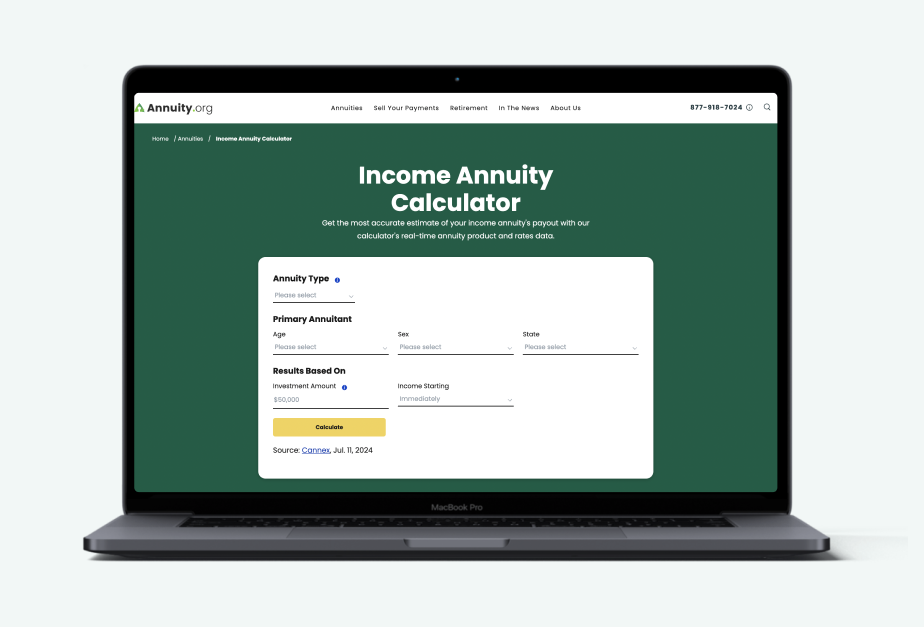A Thrift Savings Plan (TSP) annuity is a life annuity contract purchased using funds from a TSP account. The TSP offers single life annuity and joint life annuity options, providing a reliable stream of income in retirement. By using your TSP account funds to purchase a life annuity, you can ensure financial stability for yourself or your beneficiaries.
Key Facts About TSP Annuities
- TSP annuities provide guaranteed lifetime income, with options for single or joint life coverage to offer consistent financial support in retirement.
- Optional features, such as a cash refund or 10-year certain, can provide additional benefits to your beneficiaries.
- Factors like age, interest rates and payment options impact the amount of your TSP annuity payment.
Understanding the structure and options available with TSP annuities can help you make informed decisions for your retirement.
What Is a TSP Annuity?
A TSP annuity is a life annuity contract purchased using funds from your TSP account.
The standard transaction exchanges your lump-sum payment for a guaranteed stream of monthly payments for the rest of your life. This standard transaction is known as a single life annuity, a common type of annuity.
A joint life annuity is also available. This option guarantees a monthly payment to you and a spouse or other second party for the rest of your lives. Since a joint life payment stream covers two people and is likely to last longer than a single life stream, the amount of the payment is typically lower.
I worked for MetLife for many years in my career, and their TSP annuity is a great product, allowing my clients to use funds from a TSP account to buy a single or joint life annuity. Most of those clients wanted a steady stream of income at retirement and also wanted to make sure it continued even if they had longevity in their lives. TSP annuity as a part of their retirement planning allowed them to do just that.
How soon are you retiring?
What is your goal for purchasing an annuity?
Select all that apply
What Happens to a TSP When You Die?
If you die with money left in your TSP annuity, the annuity provider keeps the remaining funds.
However, in qualifying circumstances, there are two optional features that provide some value to beneficiaries: a cash refund feature and a 10-year certain feature. If you choose either of these options, the monthly annuity payments you receive will automatically be reduced.
With the cash refund feature, unused annuity funds are paid to your beneficiaries when you die. You can add this feature to a single life annuity or a joint life annuity.
With the 10-year certain feature, if you die before you have received annuity payments for a 10-year period, payments will continue to your beneficiaries for the remainder of the 10-year period. You can add this feature to a single life annuity, but it cannot be used with a joint life annuity.
Factors Affecting a TSP Annuity Payment
Beyond the choice of a single life annuity or a joint life arrangement, along with the optional choice of beneficiary features discussed above, various factors can impact the amount of your TSP annuity payment.
There are other factors that can impact the amount of your TSP annuity payment, including the following:
- Your age when the annuity is purchased
- The age of the joint annuitant (or co-owner of the annuity), if applicable
- The amount of money used to purchase the annuity
- The interest rate offered when you purchase the annuity*
- Your selection of level payments or increasing payments; selecting increasing payments will reduce your initial payment amount but provide some protection against inflation
* The interest rate for annuities purchased through a TSP in February 2025 for example, was 4.625%. Since 2002, the highest monthly rate was 5.750% (in August 2006), and the lowest was 1.209% (in July 2020).
Read More: What Is a Fixed Annuity?





